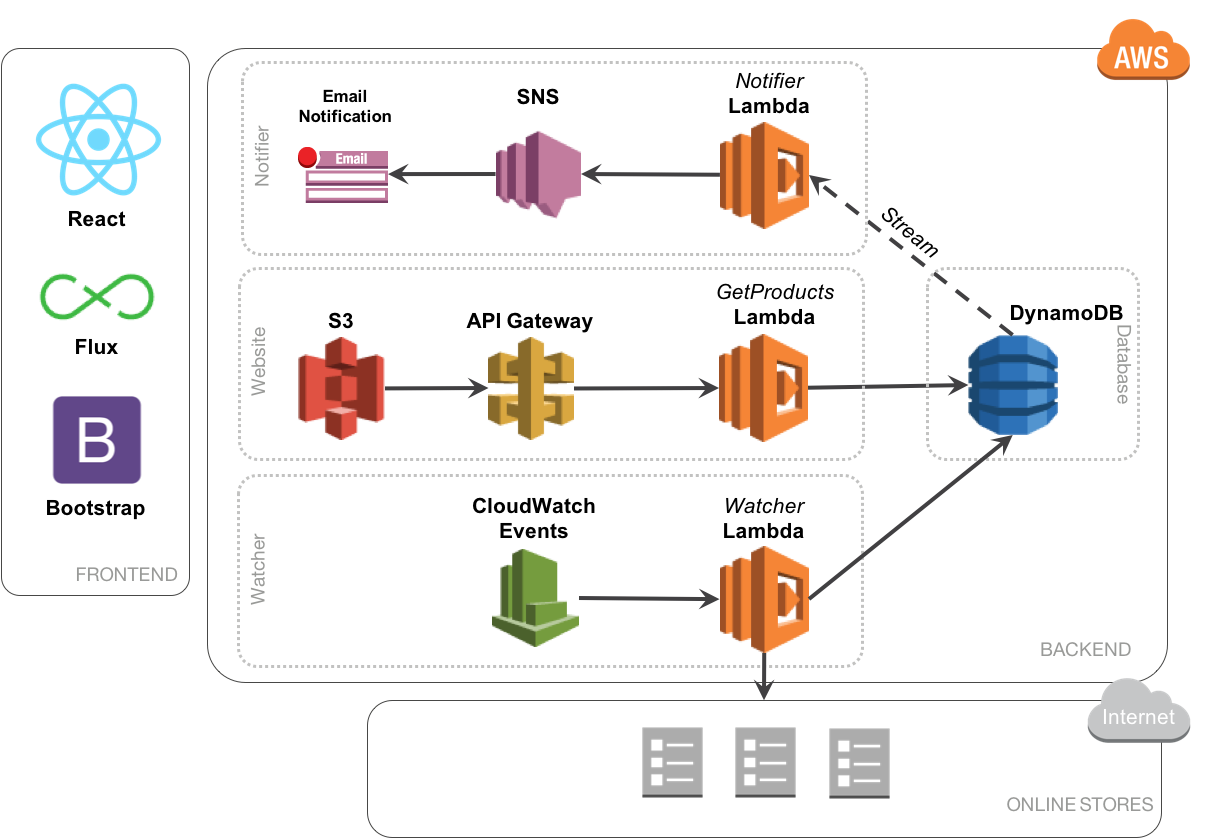
- #Nodejs api aws postgresql how to#
- #Nodejs api aws postgresql install#
- #Nodejs api aws postgresql generator#
Amazon RDSĪutomatically backs up your database and maintains the database software that powers your DB instance. You already use today with your existing databases work with Amazon RDS without modification. These capabilities mean that the code, applications, and tools Oracle, or Amazon Aurora database server. It provides cost-efficient, resizeable capacity for an industry-standard relationalĭatabase and manages common database administration tasks, freeing up developers to focus on what makes their applicationsĪmazon RDS gives you access to the capabilities of a MySQL, MariaDB, PostgreSQL, Microsoft SQL Server, Scale a relational database in the cloud. It supports multiple SQL databases so feel free to experiment with your favorite DB.SDK for JavaScript RDS Client for Node.js, Browser and React Native.Īmazon Relational Database Service (Amazon RDS) is a web service that makes it easier to set up, operate, and

It’s also worth noting that commands like prisma migrate are more powerful than demonstrated in the article and are worth giving a good look into.
#Nodejs api aws postgresql how to#

#Nodejs api aws postgresql install#
TIP: If you are using VSCode for this tutorial, you can install the prisma extention here to help you autocomplete and format the prisma modeling language.

#Nodejs api aws postgresql generator#
Within the schema.prisma file, after the datasource and generator block, we can define our model. Therefore, once we are done with our models, we will run prisma migrate which will create the relevant tables in the db. Prisma is an ORM, so it has to transform the data model into relevant SQL statements and database tables. Prisma comes with it’s own data modeling language that makes it easier to perform data modeling. Modeling is necessary to give a description of the data that the client is providing, and the data the database is expecting. When working with a database, you have to define how the data in the database will look like. Let’s get coding! Step 3: Data modeling using Prisma With that done, we have our project setup. Run npm init -y in the directory to initialize a Node.js project.ĭATABASE_URL = your_user, your_password and db_name with your correct credentials.

Working with SQL databases in Node.js often requires ORM (Object Relational Mapping) libraries to abstract the untidy database operations so the developer only has to worry about the logic. Examples of such are Mongodb and Firebase. When using Node.js most developers opt to go for NoSql databases as they are known to be easier to use. In many modern backend architectures, we model everything else around the data and its manipulation. Most modern day applications make use of databases mainly to store data.


 0 kommentar(er)
0 kommentar(er)
